Discover why Google made the shift to first price auction from a second-price auction model. Gain insights into the reasons behind this decision and its impact on publishers and advertisers.
Second-price auctions have long been the industry norm in programmatic advertising. Now in a big move, Google has announced that its Ad Manager suite of products will be transitioning to the first-price auction model by the end of this year. Google’s decision comes amid growing voices in the ad tech industry calling for simplicity and transparency.
A number of ad exchanges, including OpenX and Rubicon Project have started offering more straightforward auction practices, now Google’s jump into the foray indicates a tipping point.
What is a First Price Auction?
In a first-price auction, participants bid on an item or contract, and the highest bidder secures the win by paying the full amount they bid. This differs from second-price auctions where the winner pays slightly more than the bid of the second-highest participant. The first-price auction model promotes transparency and encourages bidders to submit their highest value bid upfront, leading to a straightforward and fair bidding process.
First Price Auction Vs. Second Price Auction
Before we get into the differences, let’s first understand what exactly the second price auction is.
For the uninitiated, second-price auctions mimic how selling works on eBay, meaning that the winning bidder pays one cent more than the bid made by the second-highest bidder. In contrast, in first-price auctions, the winning bidder pays the exact bid they made. You can learn more about the difference between first- and second-price auctions here.
For brands and marketers, second-price auctions work out to be a better deal because the blow from having to pay the highest bid is cushioned. On the publisher side, it typically leads to the ad inventory being undervalued. For both buy- and sell-side though, the second-price auction adds layers of complexity, as SSPs and DSPs compete to create bidding algorithms and techniques to optimize the buying and selling process.
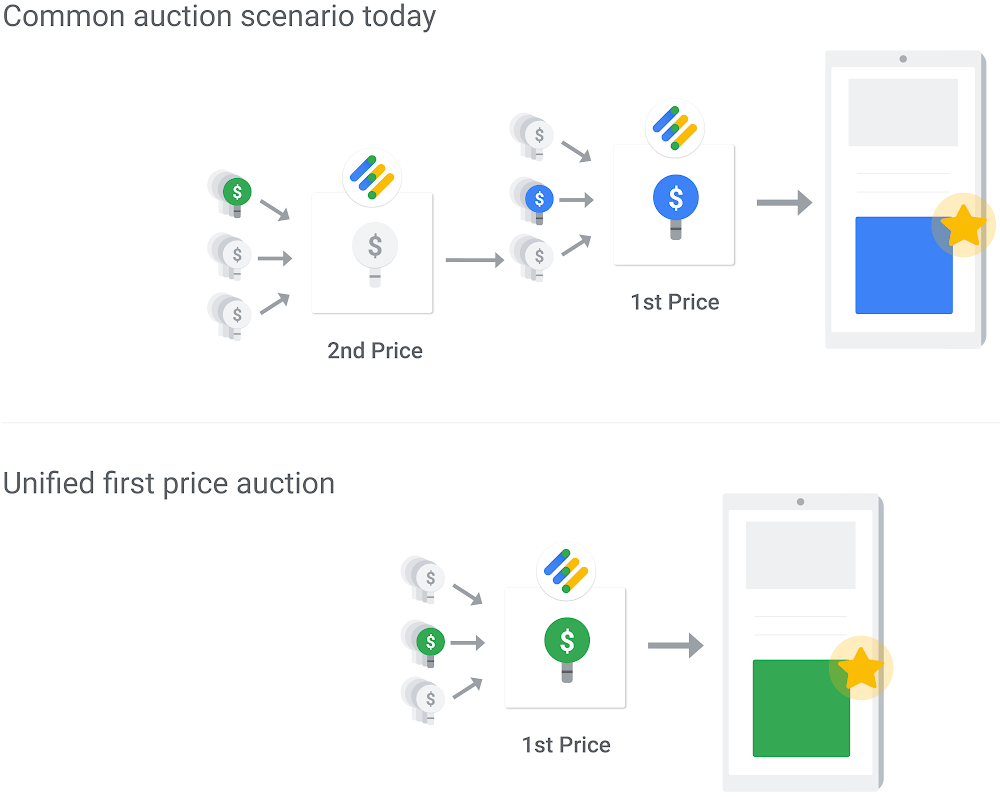
Here are the differences between second and first price auction in a nutshell.
| Second Price Auctions | First Price Auctions | |
|---|---|---|
| Bidding Mechanism | Winning bidder pays one cent more than the second-highest bid | Winning bidder pays the exact bid they made |
| Brand/Marketer Impact | Provides a cushion by not paying the highest bid | May require paying the full bid amount |
| Publisher Impact | Ad inventory may be undervalued | Potential for higher revenue |
| Complexity | Adds layers of complexity for SSPs and DSPs to optimize bidding algorithms | Simplified bidding process |
| Learn More | Link to learn more | – |
Why is Google Moving to First Price Auction?
Back in 2019, Google transitioned Admob and Ad Manager to the first price auction with the intent to create a transparent environment for auctions for both publishers and advertisers.
Here’s what Google hoped for the outcome of this shift.
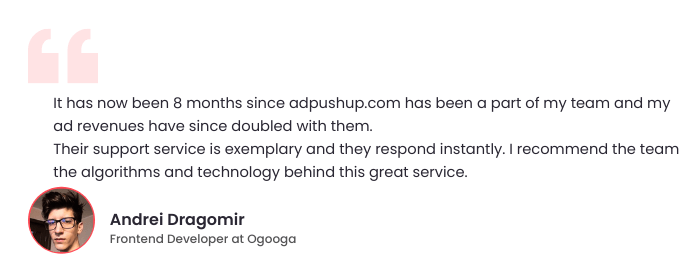
Reduced Complexity
Reducing complexity is one of the things Google hopes to achieve by moving to the first-price auction model. “In order to help simplify programmatic for our partners, in the coming months we’ll start to transition publisher inventory to a unified first price auction for Google Ad Manager,” says Sam Cox, Group Product Manager at Google. Back in that time, it was said – “We expect the transition to be complete by the end of this year. By switching to a single first price auction, we can help reduce complexity and create a fair and transparent market for everyone.”
Increased Ad Revenue for Publishers
Publishers are initially expected to see a jump in ad revenue. Once buyers adjust their bids according to the value of impressions under the new auction model, that revenue jump is expected to return to the baseline. “With this change, every offer from programmatic buyers will compete in the same unified auction, alongside inventory which is directly negotiated with advertisers.
An advertising buyer’s bid will not be shared with another buyer before the auction or be able to set the price for another buyer. The buyer that wins the auction pays the price they bid. By simplifying our auction in Ad Manager, we can help make it easier for publishers and app developers to manage and get fair value for their inventory,” Cox added.
Fair Competition: Maximizing Publisher Revenue
In first price auctions, fair competition drives publishers’ revenue growth. Advertisers are motivated to submit their best bids, knowing that only the highest bidder secures the impression. This competitive bidding environment can lead to higher prices for publishers, maximizing their earnings potential.
Reduced Bid Shading Risks
First price auctions significantly reduce bid shading risks. Advertisers have less incentive to strategically lower their bids, as underbidding may result in losing the impression entirely. This encourages advertisers to bid their true value, aligning bids more closely with the market worth of the ad space. As a result, publishers experience improved profitability and receive bids that better reflect the actual value of their inventory.
Moreover, the shift to first-price auctions will improve an already dominant position for Google as their win rates rise,” Shubham Grover, Product Specialist at AdPushup says. “This will also make header bidding less effective and generate good PR for Google. Publishers can expect increased yield initially, followed by DSPs optimizing their algorithms for bid shading.”
Final Thoughts on First Price Auction
The introduction of first-price auctions in the advertising industry has brought about various practices, including bid shading, which acts as a compromise between SSPs and DSPs when the winning bid is excessively high. For example, if the winning bid is $10 and the second highest bid is $4, it highlights potential losses for advertisers. These bid shading practices suggest that DSPs are still adapting to the dynamics of first-price auctions.
To ensure a smooth transition, Google will gradually implement the update, allowing all involved parties sufficient time to adjust their programmatic strategies. According to the blog post addressing the update, Google plans to provide a preparation period of several months before commencing testing.
It is important to note that Google’s shift to a unified first-price auction model solely affects the sale of display and video inventory through Ad Manager. This change will not impact auctions for ads on Google Search, AdSense for Search, YouTube, or other Google properties. Advertisers using Google Ads or Display & Video 360 are not required to take any specific action.
FAQs – First Price Auction
In a first-price auction, the highest bidder pays the exact amount they bid to secure the item or win the auction.
The benefits of a first-price auction include increased transparency, fair competition, and the potential for higher revenue for sellers or publishers. It incentivizes bidders to submit their true value and eliminates complexities associated with bid shading or strategic bid lowering.

Deepak has a keen eye for detail and a deep understanding of the ad tech landscape. Whether it’s through in-depth articles, thought-provoking insights, or compelling storytelling, he’s dedicated to helping people navigate the complex world of ad tech with the simplicity of his words.
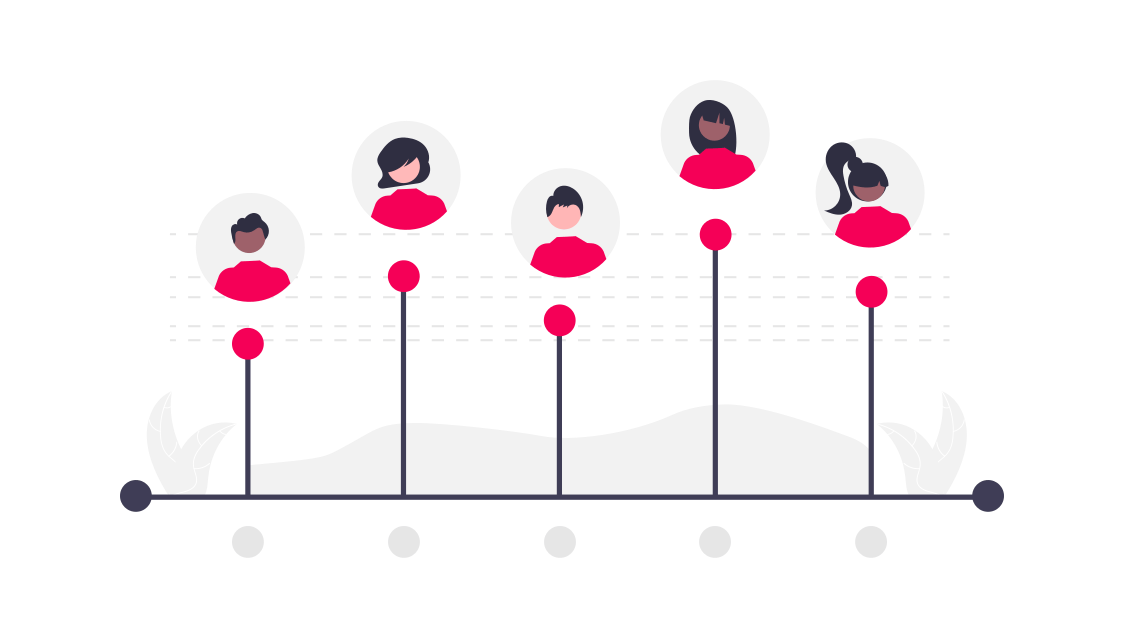


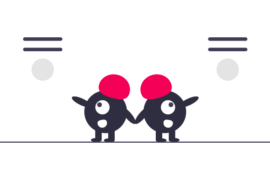
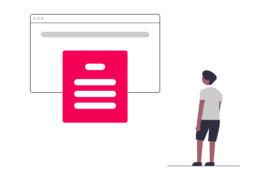
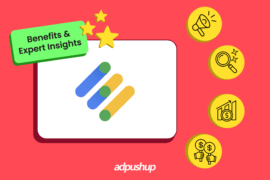
1 Comment
Pingback: Google Ad Auctions means a new digital advertising strategy | Organically